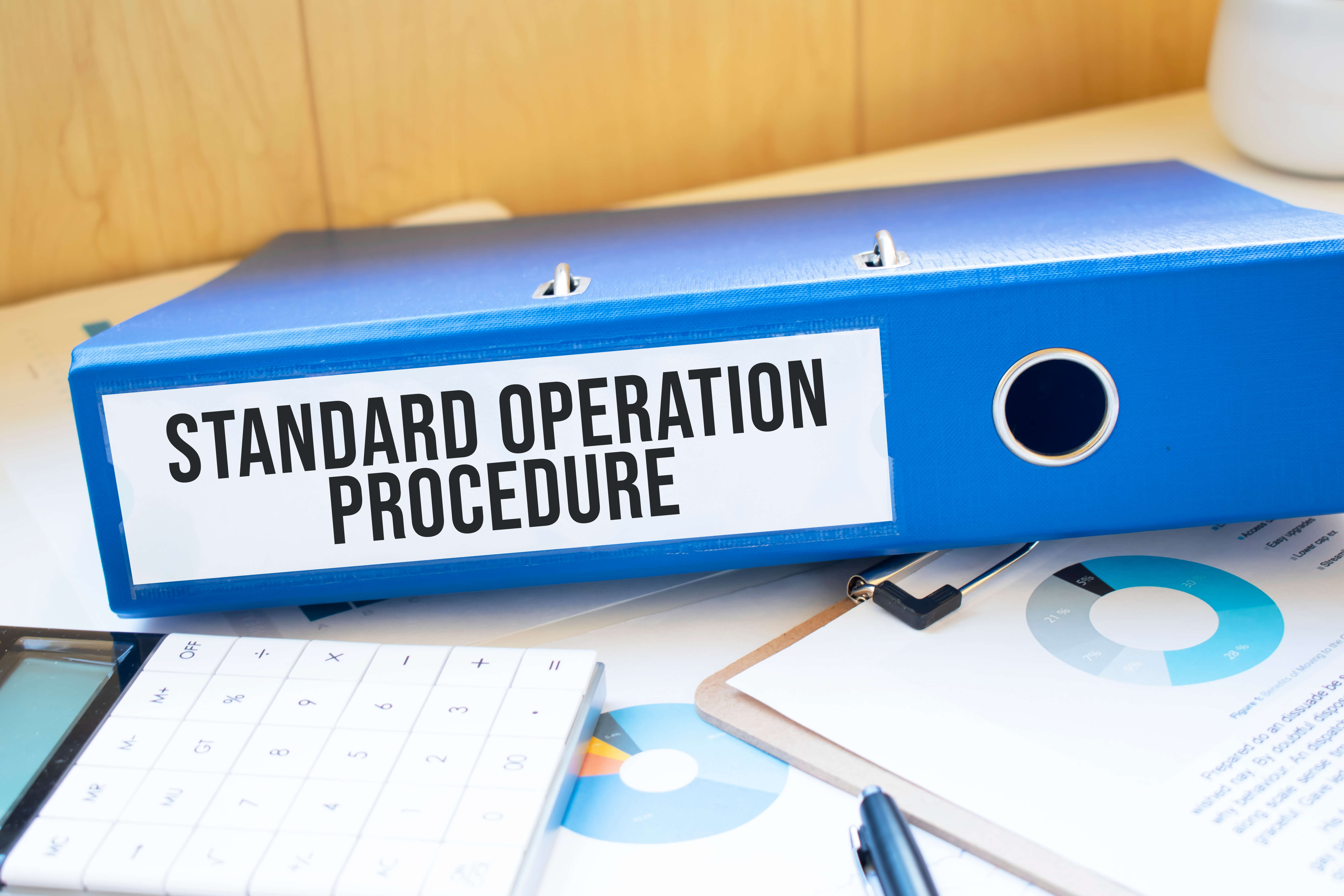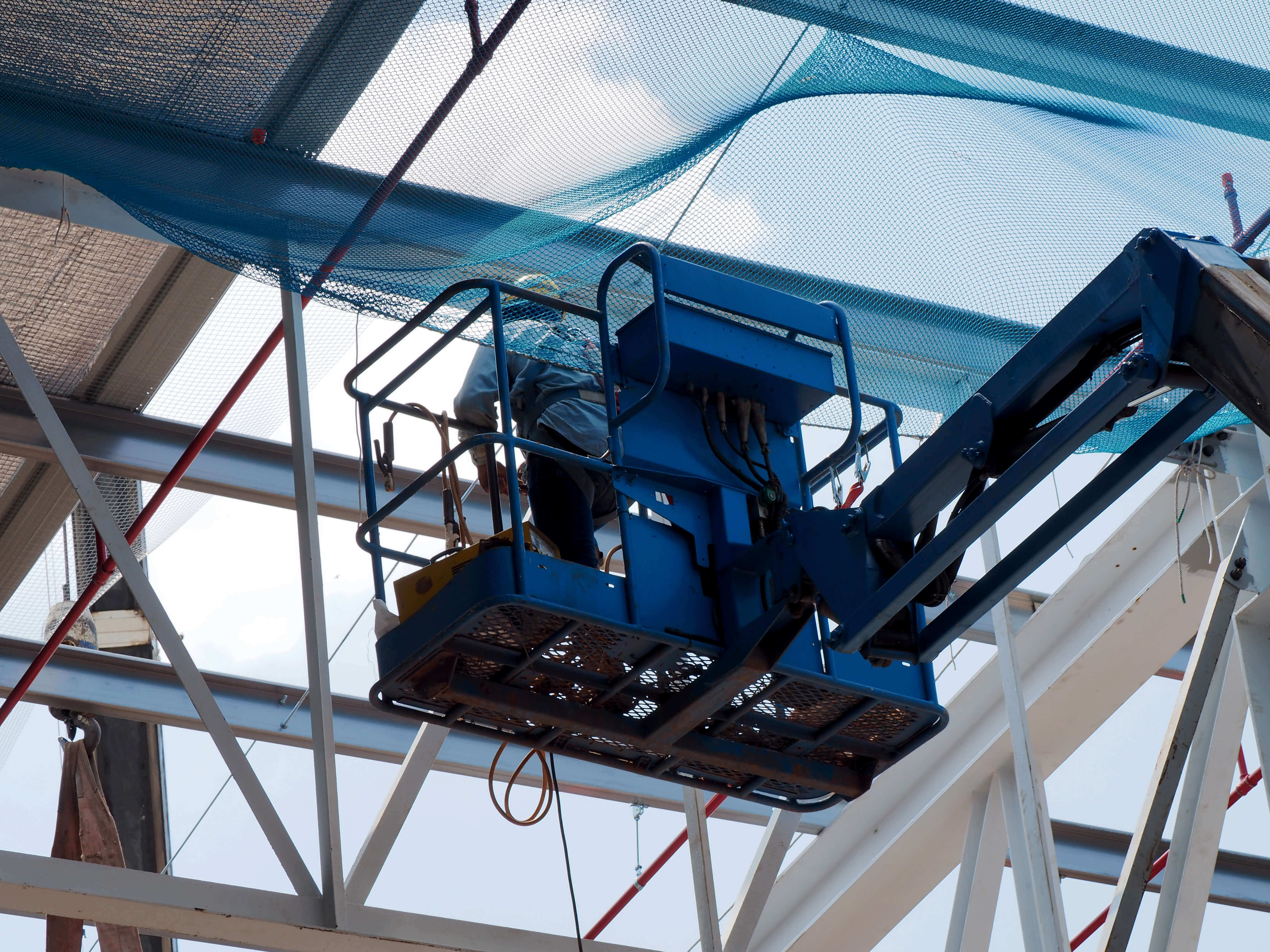Tragically, over the last year, falls from a height accounted for 25% of all fatal injuries. Slips and trips bring this up to 28% (an average of 38 fatal injuries).
So what should you be looking out for? And how can you reduce this figure so everyone has a safer winter working at height? We’re here to tell you.
Winter heights
How worried should I be?
In the UK, we’re well versed in wet weather. Rain increases pre-existing risks, so it’s vital you conduct a risk assessment, provide robust fall protection, and training.
This becomes increasingly important in winter weather.
Autumn 2019 was ranked as the 24th wettest on record2 (with only a few areas in Scotland actually below average). And although the winter has been relatively mild so far, a sudden turn is all it takes to become severely dangerous.
The risks
Wet and windy weather impacts buildings. This means blocked gutters and leaking roofs, impacting productivity and increasing costs.
With an increase in the number of buildings needing attention comes a greater number of people working at height in potentially hazardous conditions. In particular: wind, rain, cold weather, autumn and storm debris, poor visibility, and let’s not forget slippery surfaces!
Ensuring safety
So how do we keep our people safe? Think about the Ps… be Proactive, be Prepared, have a Plan. This means controlling the risks and provide appropriate PPE for the conditions. So when being proactive:
- Ensure a robust risk assessment is in place before undertaking any operational actions.
- Ensure a safe system of work is in place.
- Ensure buildings are equipped with the correct fall protection systems.
- Ensure all formal mandatory checks and inspections have been undertaken. This includes any harnesses, lanyards and fixings.
- Ensure maintenance is undertaken. This includes proactive repairs or replacements of equipment in a timely fashion.
- Ensure a competent person inspects temporary access. (For example, a scaffold where a person might fall 2 metres or more). Ensure it’s inspected when first erected, at weekly intervals, and after high winds or heavy snowfall.
- Train operatives that may need to work at height in the safe system of work. Include training on dynamic risk assessments and pre-use checking of all safety equipment.
These basic steps will help to protect your employees and bring peace of mind. Your workforce will be as prepared as possible and have the right equipment and processes in place to keep them safe.
We know that poor weather brings increased levels of risk. This doesn’t necessarily mean that essential maintenance needs to stop.
Expert support
By considering these key items, you can help workers remain safe and well protected. If you need further support with health & safety, speak to an expert on 01455 858 132.
Related resources
Categories
- Business Advice
- Contracts & Documentation
- Culture & Performance
- Disciplinary & Grievances
- Dismissals & Conduct
- Employee Conduct
- Employment Law
- End of Contract
- Equality & Discrimination
- Health & Safety
- Hiring & Managing
- Leave & Absence
- Managing Health & Safety
- Moving
- Occupational Health
- Pay & Benefits
- Recruitment
- Risk & Welfare



